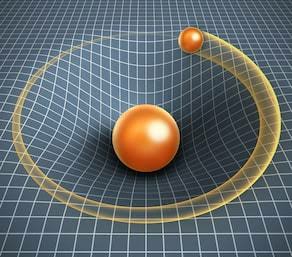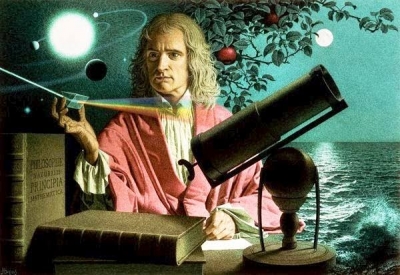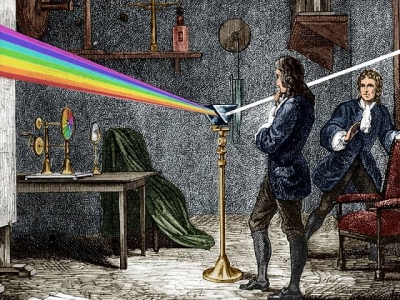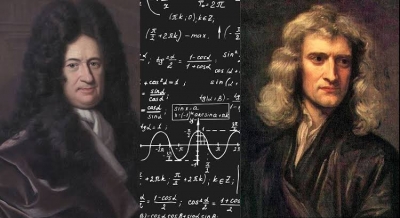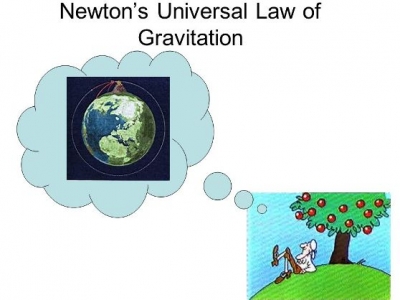
The universal law of gravitation was proposed by Newton in 1687. He used it to explain the observed motions of the planets and the Moon. Mass is a crucial quantity in Newton’s law of gravity.
According to the law, every particle in the universe attracts every other particle with a force. This force is directly proportional to the product of their masses and inversely proportional to the square of the distance between them. It implies that the attractive force of gravity increases with the increase in mass and decreases with the increase in distance.
For example, if we transported an object of the mass ‘m’ to the surface of Neptune, the gravitational acceleration would change because both the radius and mass of Neptune differ from those of Earth. Thus, our object has mass ‘m’ both on the surface of Earth and on Neptune, but it will weigh much more on the surface of Neptune because the gravitational acceleration there is 11.15 m/s2. Thus, Newton was able to mathematically prove Kepler’s observations that the planets move in elliptical orbits.
Picture Credit : Google


